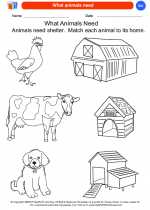Vertebrates
Vertebrates are animals that have a backbone or spinal column. They are part of the phylum Chordata, which includes animals with a notochord at some stage of their development. Vertebrates are found in a wide range of habitats, and they can be found in the ocean, on land, and in the air.
Types of Vertebrates
There are five main groups of vertebrates:
- Fish: These are aquatic animals that have gills for breathing and fins for swimming.
- Amphibians: They are cold-blooded animals that start their lives in the water and then move onto land as they mature.
- Reptiles: These animals have dry, scaly skin and lay eggs on land.
- Birds: They are warm-blooded animals with feathers and lay eggs.
- Mammals: These animals have hair or fur, produce milk to feed their young, and are warm-blooded.
Characteristics of Vertebrates
Vertebrates share several common characteristics:
- They have a backbone or spinal column made up of individual bones called vertebrae.
- They have a well-developed head with a brain and sensory organs such as eyes, ears, and a nose.
- They have a closed circulatory system with a heart and blood vessels that transport blood throughout the body.
- They have a well-developed respiratory system, with gills or lungs for breathing.
- They have a bilateral symmetry, meaning their bodies can be divided into two halves that are mirror images of each other.
Importance of Vertebrates
Vertebrates play a crucial role in maintaining the balance of ecosystems. They contribute to the food chain, help with pollination, seed dispersal, and nutrient cycling. Many vertebrates are also important to humans for food, companionship, and scientific research.
Study Guide
Here are some key points to remember about vertebrates:
- What are the five main groups of vertebrates?
- What are the common characteristics of vertebrates?
- Why are vertebrates important to ecosystems?
Use these questions to guide your study and make sure you understand the different types of vertebrates and their significance in the natural world.
[Vertebrates] Related Worksheets and Study Guides:
.◂Science Worksheets and Study Guides Kindergarten. All About Animals
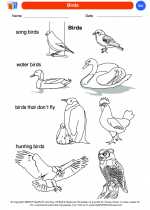
 Coloring Worksheet
Coloring Worksheet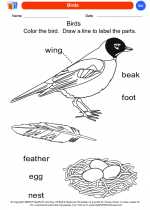
 Coloring Worksheet
Coloring Worksheet
 Coloring Worksheet
Coloring Worksheet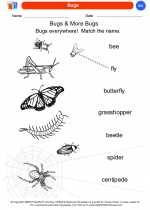
 Coloring Worksheet
Coloring Worksheet
 Coloring Worksheet
Coloring Worksheet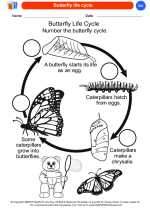
 Coloring Worksheet
Coloring Worksheet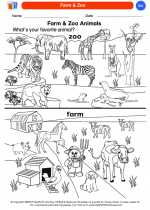
 Coloring Worksheet
Coloring Worksheet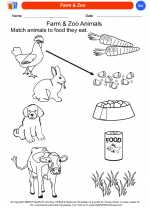
 Coloring Worksheet
Coloring Worksheet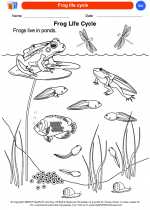
 Coloring Worksheet
Coloring Worksheet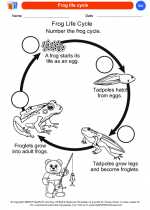
 Coloring Worksheet
Coloring Worksheet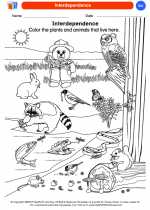
 Coloring Worksheet
Coloring Worksheet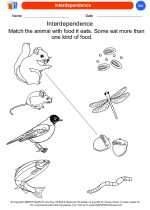
 Coloring Worksheet
Coloring Worksheet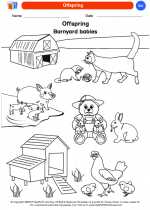
 Coloring Worksheet
Coloring Worksheet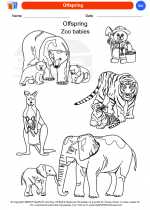
 Coloring Worksheet
Coloring Worksheet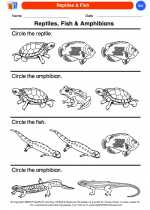
 Coloring Worksheet
Coloring Worksheet
 Coloring Worksheet
Coloring Worksheet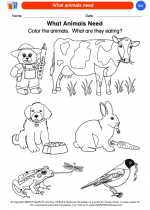
 Coloring Worksheet
Coloring Worksheet